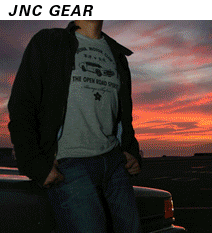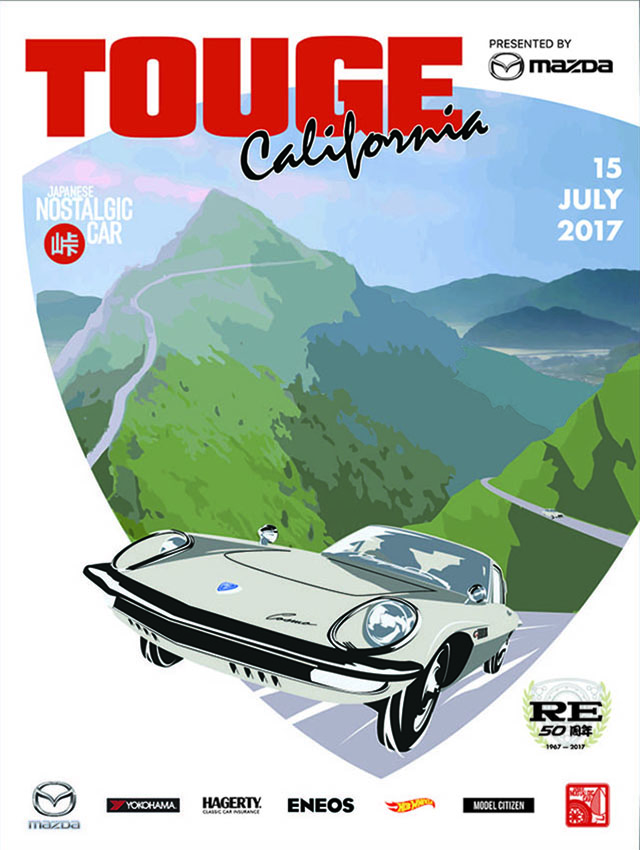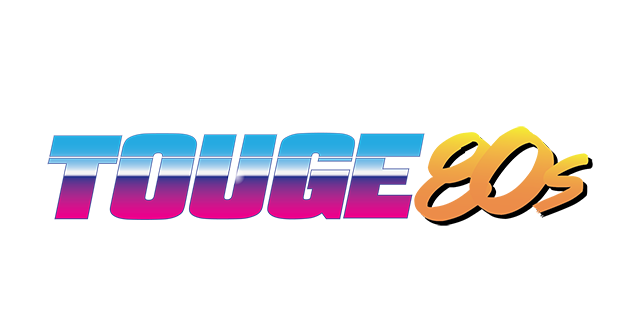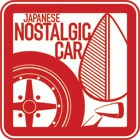Daihatsu will soon show its Midget X concept at the Japan Mobility Show, a throwback to the 1957 Midget that was the company’s first blockbuster success. With it comes a new campaign that highlights the company’s greatest hits, done in a jaunty animated style with a catchy original song. As a kei car specialist, Daihatsu is reaffirming its commitment to small cars that are useful and fun. Daihatsumei sounds like 偉大な発明 (idaina hatsumei), which means “great inventions” in Japanese.
Daihatsu originated in Osaka, a manufacturing hub of Japan akin to a city like Chicago in the US. In the postwar era, the original 3-wheeled Midget that was half motorcycle, half pickup became many mom-and-pop businesses’ first car. Its compact size and single front wheel allowed it to navigate narrow Showa Era streets with ease, prompting Daihatsu to describe it as an embodiment of “the Osaka merchant spirit and the belief that ‘it only counts when the product reaches the customer.'”
Its popularity earned it many nicknames, like “little giant” and “city helicopter” for the way it darted around urban alleyways. There’s a reason why in Always: Sunset on Third Street, a 2005 film depicting life in the Showa Era that won the Japanese equivalent of a Best Picture Oscar, the hero car was a Daihatsu Midget.
In 1971 the Daihatsu introduced the fourth-generation Hijet, its long-lived kei truck that originated in 1960. Japan has two main standards for tatami mats, the Tokyo size and the larger Kyoto size. Despite strict limits on the physical dimensions that kei cars are bound by, Daihatsu wanted to ensure that the bed could carry a Kyoto-length tatami while still seating human occupants comfortably. The solution was to extend the bed to the inside of the cab, allowing for a 1920 mm length, 10 mm longer than a Kyoto mat. A year later, the Hijet Van debuted, the first kei car to have a sliding rear door.
The 1985 Mira TR-XX was Daihatsu’s entry into the booming kei hot hatch wars. Its 12-valve turbo three-cylinder turbo maxed out the kei car horsepower limit of 63. It wore a sporty aero kit with hood scoop and rear trunk spoiler, and even had dual exhaust pipes that produced a satisfying baritone note.
Because of stringent restrictions on length, width, and height, most kei cars have pushed the corners of their cabins to the limit in order to maximize space. That results in a lot of similarly boxy designs, but the Daihatsu Tanto’s sleek face has always stood out. It’s not just pretty, but practical too. The Tanto’s front door swings out nearly 90 degrees and its B-pillar is integrated into the rear sliding door, making for a cavernous opening. Combined with its movable seating, parents can hoist a stroller into the car without folding it up.
In 2022 Daihatsu launched the Nibako, which isn’t so much a car as it is a rental service. It offers a Hijet kei truck and cargo box that can be rented by month or by day. They are commonly configured as food trucks or to mobile displays of new products and set up in areas with high foot traffic or at festivals. It lets entrepreneurs conduct business without having to invest in an entire truck.
If there’s one Daihatsu that Americans are familiar with it’s the Charade of the late 80s and early 90s. However, the nameplate goes back to 1977 when the first-gen Charade became Daihatsu’s first front-wheel-drive car. FF was new tech at the time, and Daihatsu wanted a compact car that could maximize interior space. With the entire drivetrain up front and a new 1.0-liter three-cylinder pushed as far forward as possible, the Charade was marketed as a “5-square-meter car”. It was spacious and affordable, perfect for the many new multi-kid families of the postwar baby boom.
The Copen was Daihatsu’s mini-Lexus SC430, a kei car with a power retractable hard top. Unlike the droptop Lex it had a four-cylinder engine driving the front wheels, but the stylish convertible was hugely popular. It was the first kei car to receive the prestigous Good Design Gold Award.
With the Midget X concept, it all comes full circle. The four-wheeled Midget II wasn’t in the video, but it’s what the Midget X was inspired by. It seems to be configurable to fulfill a variety of different purposes, including mobile coffee shop, a rickshaw-like vehicle, and even a one-make race car. Daihatsu always goes hard at the Tokyo Motor Show, sometimes as the sole carmaker with some kind of retro presence. We’re glad to see the tradition continue.















Great to see the Charade in that ad. As far a I’m concerned, the ad is only missing the Rocky.
Speaking as a native Chicagoan and eternal sufferer of Second City Syndrome, Osaka is most definitely Japan’s Windy City. This first occurred to me after I took the Shinkansen there from Tokyo and immediately discovered they walk on the left and stand on the right of escalators, for no other reason than it’s the exact opposite of what they do in Tokyo (New York). I still smile when I remember this moment.
It helps that it has a lively river that runs through it. When I first visited Chicago in 2022, my first thought was, “this is America’s Osaka!”
They even have The Loop like in Osaka, albeit meaning different things.
They’re equally loud and dangerous, too.
I never fished for my own dinner at a restaurant in Chicago, though.